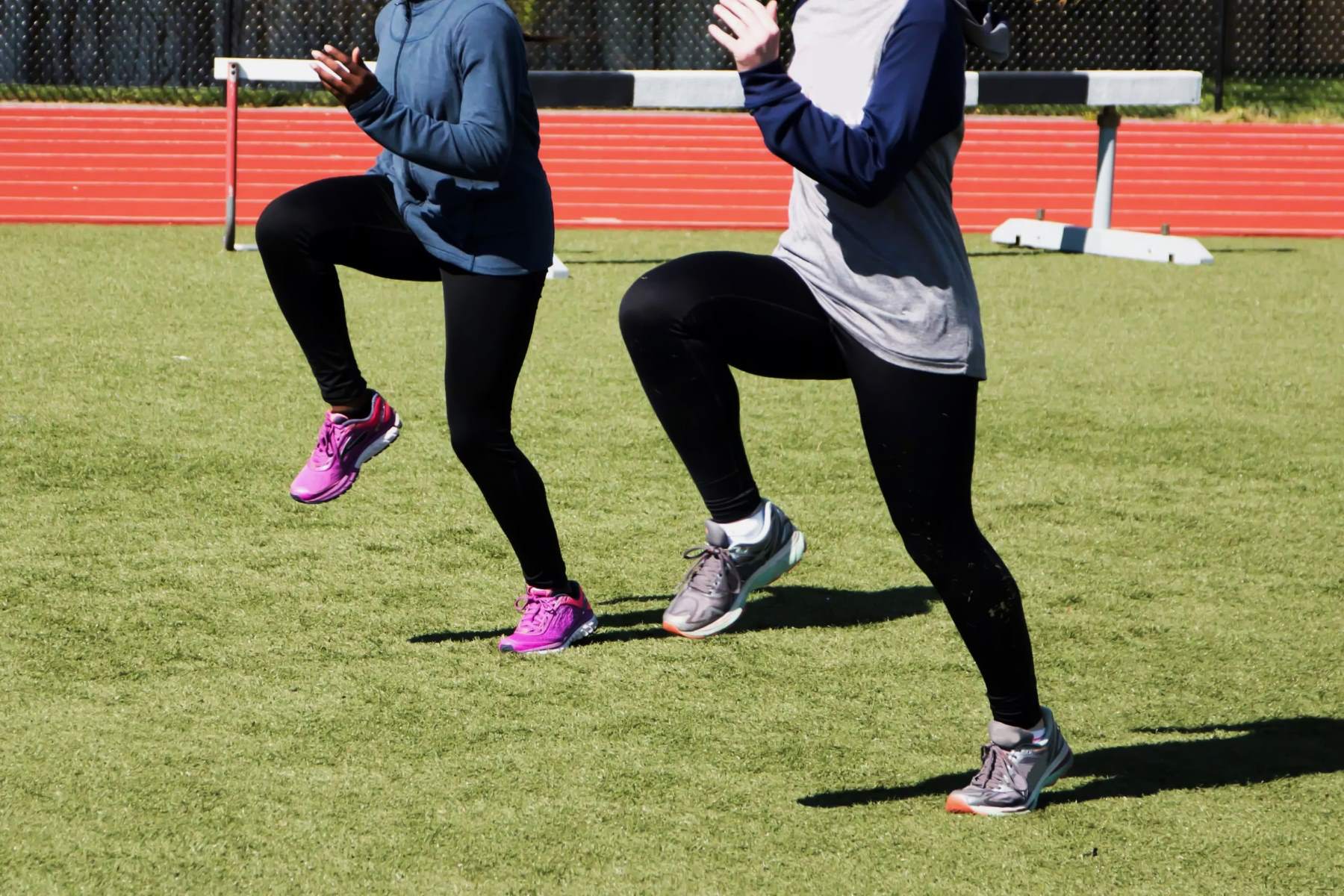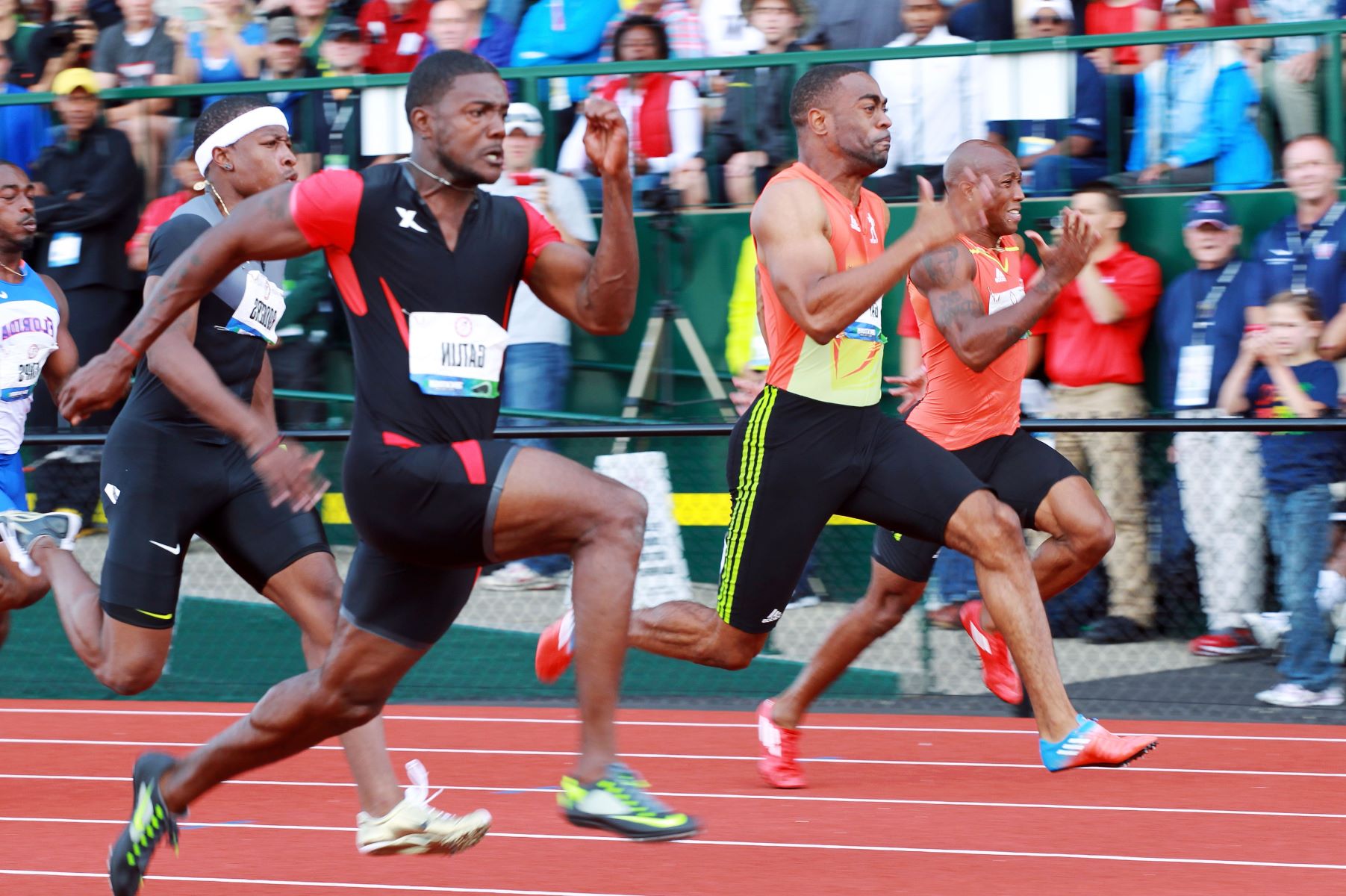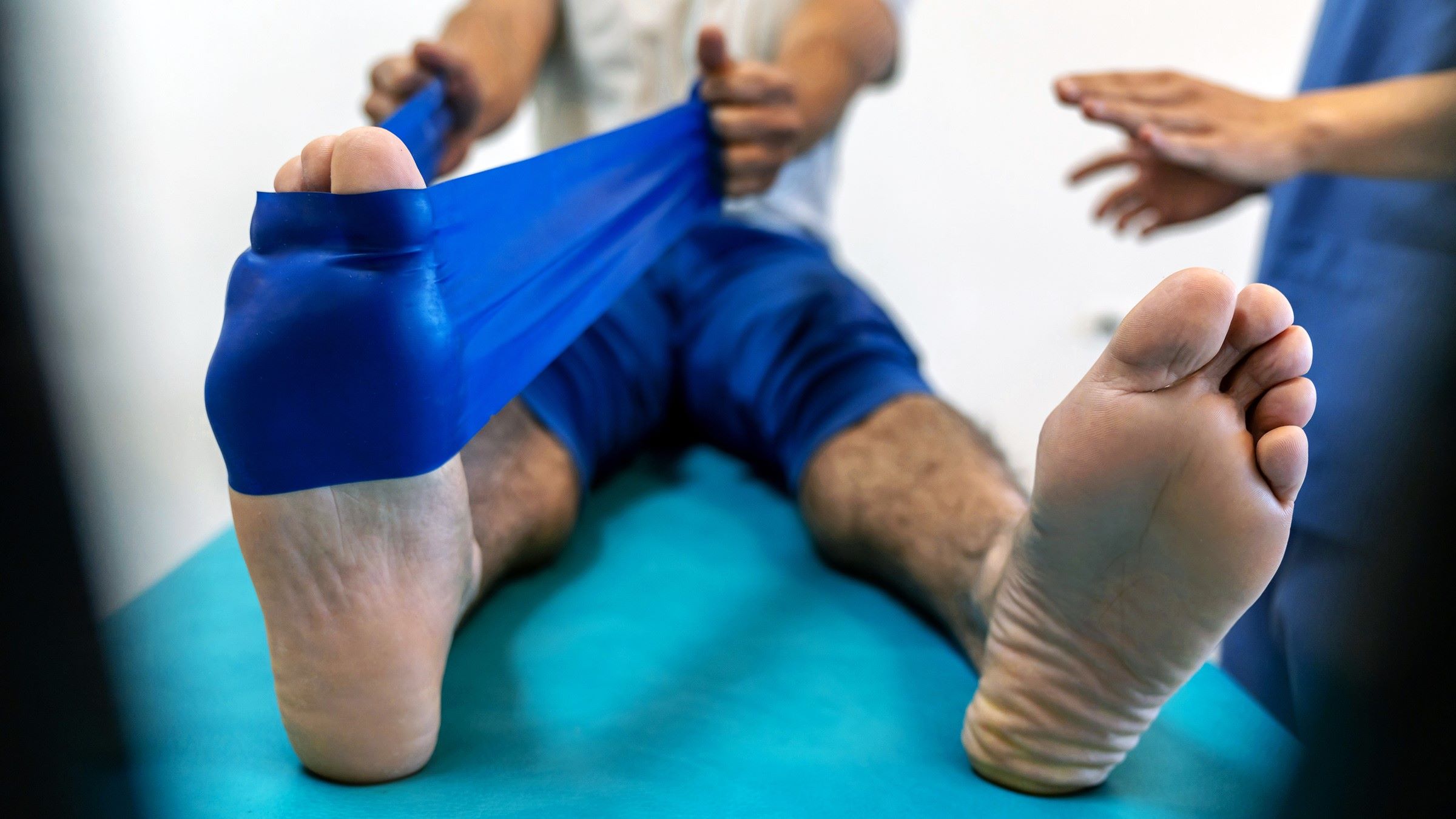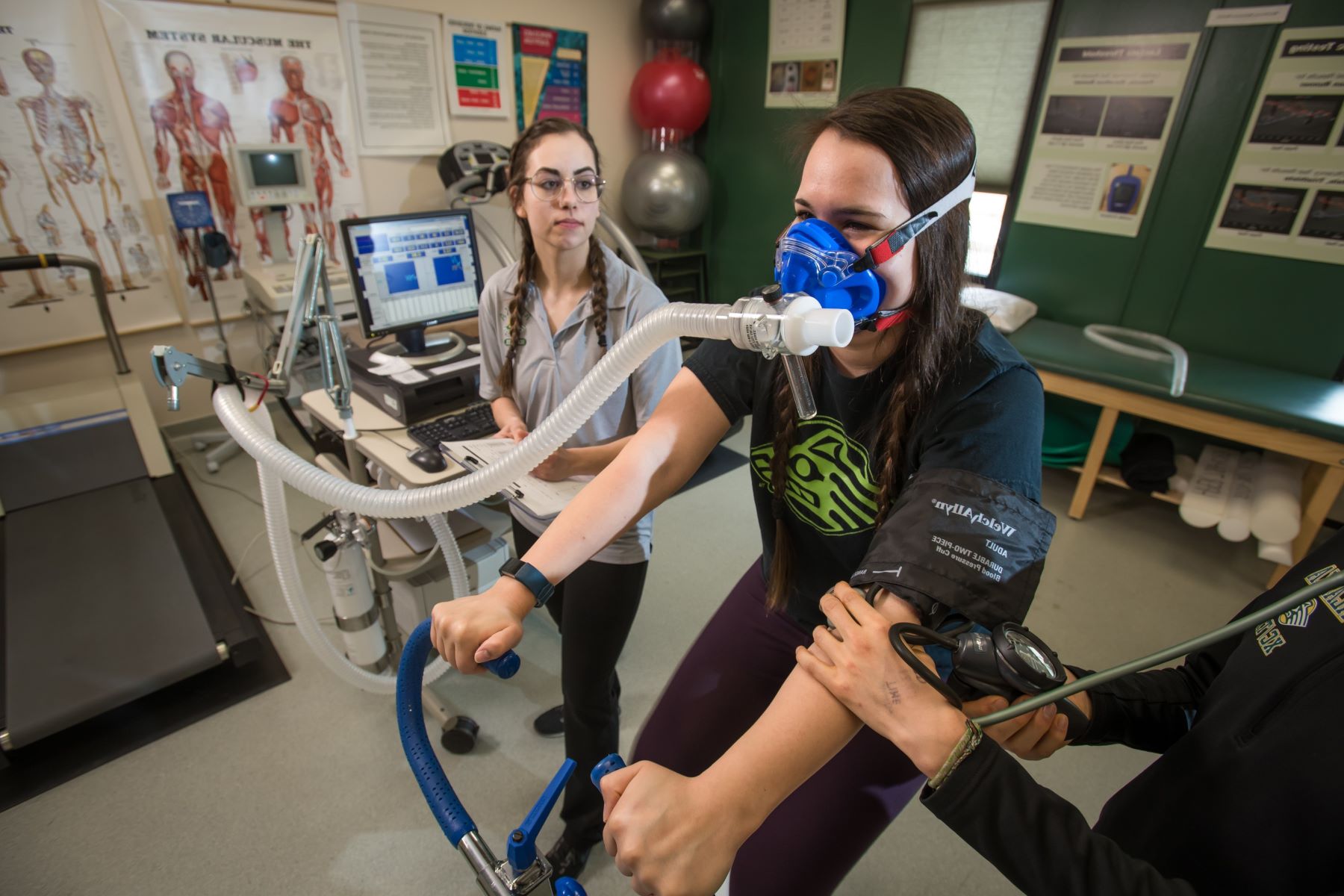Home>Training & Techniques>6 Ways To Improve Your Strength, Performance, And Speed As A Runner
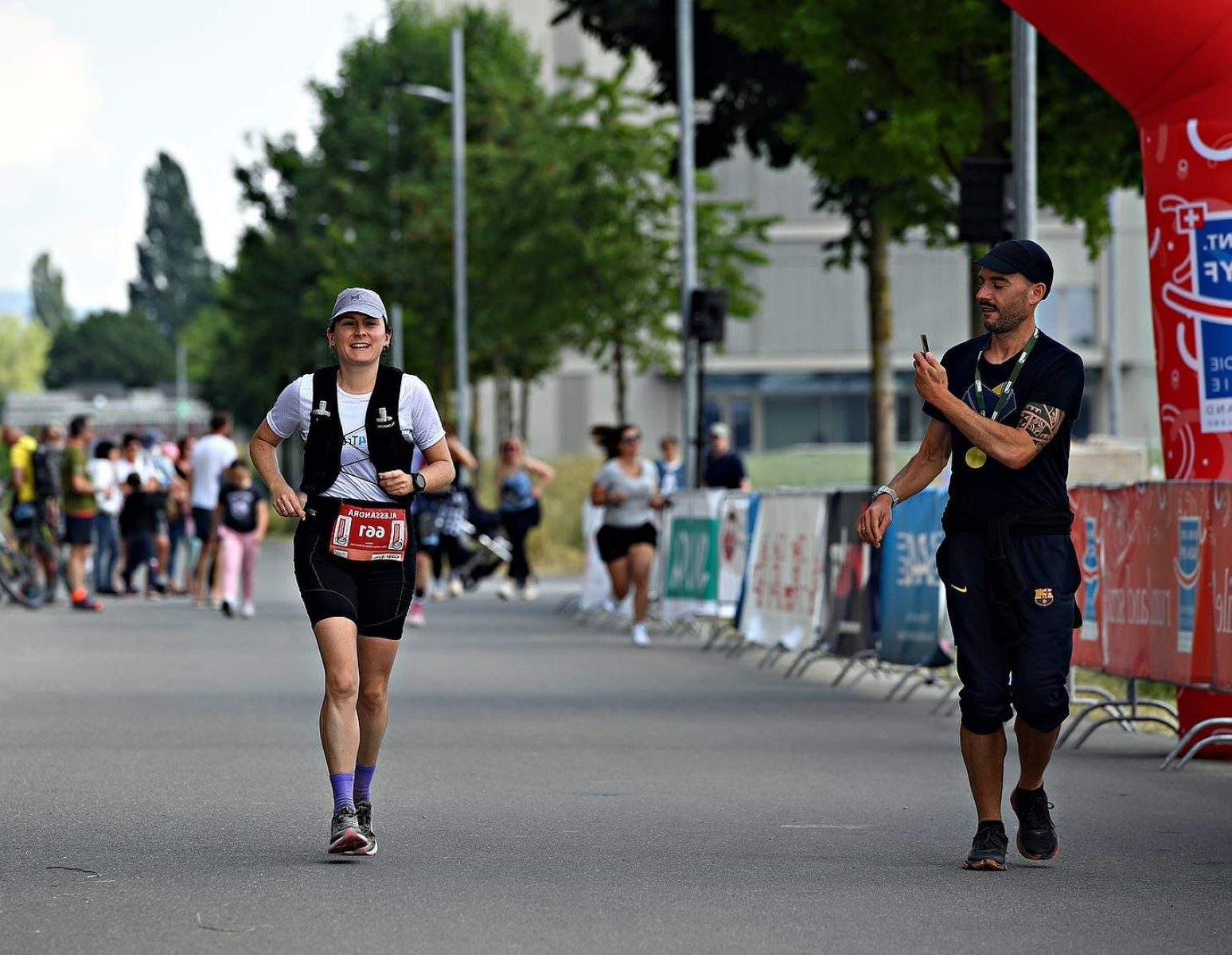

Training & Techniques
6 Ways To Improve Your Strength, Performance, And Speed As A Runner
Published: March 1, 2024
Improve your strength, performance, and speed with these 6 effective training and techniques for runners. Enhance your running abilities and reach your peak potential.
(Many of the links in this article redirect to a specific reviewed product. Your purchase of these products through affiliate links helps to generate commission for Therunningadvisor.com, at no extra cost. Learn more)
Table of Contents
Importance of Strength Training for Runners
Strength training is a crucial component of a runner's regimen, offering a myriad of benefits that extend beyond simply building muscle. Incorporating strength training into a running routine can significantly enhance performance, reduce the risk of injury, and improve overall running efficiency. Here are several key reasons why strength training is essential for runners:
-
Injury Prevention: Engaging in strength training exercises helps to fortify the muscles, tendons, and ligaments that support the joints used during running. By strengthening these areas, runners can reduce the likelihood of sustaining common overuse injuries such as shin splints, IT band syndrome, and runner's knee.
-
Improved Running Economy: Building strength through targeted exercises can enhance a runner's overall efficiency and form. This, in turn, can lead to improved running economy, allowing runners to cover more ground with less effort. Stronger muscles provide better support for the body, leading to reduced energy expenditure and improved endurance.
-
Enhanced Power and Speed: Incorporating strength training into a running routine can lead to improvements in power and speed. Stronger leg muscles can generate more force with each stride, resulting in increased speed and explosiveness during sprints and hill climbs.
-
Balanced Muscle Development: Running primarily engages certain muscle groups, potentially leading to muscular imbalances. Strength training helps to address these imbalances by targeting specific muscle groups that may be underutilized during running. This balanced muscle development can improve overall performance and reduce the risk of injury.
-
Improved Posture and Stability: A strong core and lower body are essential for maintaining proper running form and posture. Strength training exercises that target the core, hips, and glutes can enhance stability and posture, leading to more efficient and sustainable running mechanics.
-
Faster Recovery: Strong muscles are more resilient and can recover more effectively after intense training sessions or races. This can lead to reduced muscle soreness and quicker recovery times, allowing runners to maintain consistency in their training and performance.
Incorporating a well-rounded strength training program into a running routine can yield significant benefits for runners of all levels. By focusing on exercises that target key muscle groups and complement running mechanics, individuals can enhance their overall performance, reduce the risk of injury, and enjoy a more fulfilling running experience.
Proper Nutrition for Improved Performance
Proper nutrition plays a pivotal role in enhancing a runner's performance and overall well-being. The food and fluids consumed by runners serve as the fuel that powers their training, performance, and recovery. By prioritizing a well-balanced and nutrient-rich diet, runners can optimize their energy levels, support muscle recovery, and improve their overall endurance. Here are several key nutritional considerations that can significantly impact a runner's performance:
Hydration
Maintaining proper hydration is essential for runners, as even mild dehydration can impair performance and lead to fatigue. Adequate fluid intake before, during, and after runs is crucial for sustaining optimal performance and promoting efficient recovery. Water is fundamental for regulating body temperature and transporting nutrients to working muscles. Additionally, electrolytes such as sodium and potassium play a vital role in maintaining fluid balance and supporting muscle function. Runners should strive to consume fluids regularly throughout the day and adjust their intake based on environmental conditions and training intensity.
Carbohydrates
Carbohydrates serve as the primary fuel source for endurance activities, making them a cornerstone of a runner's diet. Consuming complex carbohydrates such as whole grains, fruits, and vegetables provides a sustained release of energy, supporting prolonged exercise and preventing premature fatigue. Prior to long runs or races, runners may benefit from consuming a carbohydrate-rich meal to maximize glycogen stores and optimize performance. Additionally, incorporating carbohydrates into post-run meals and snacks can expedite muscle glycogen replenishment and aid in recovery.
Protein
Protein is essential for muscle repair and growth, making it a crucial component of a runner's diet. Consuming adequate protein supports the recovery process, helps maintain lean muscle mass, and can enhance overall performance. Runners should aim to include high-quality protein sources such as lean meats, poultry, fish, eggs, dairy products, legumes, and plant-based proteins in their meals and snacks. Additionally, consuming protein-rich foods following intense training sessions can facilitate muscle repair and adaptation, contributing to improved performance over time.
Micronutrients
Vitamins and minerals play a vital role in supporting various physiological processes that are essential for optimal performance. Nutrients such as iron, calcium, vitamin D, and B vitamins are particularly important for runners, as they contribute to energy metabolism, bone health, and oxygen transport. Consuming a diverse range of fruits, vegetables, whole grains, and lean proteins can help ensure that runners obtain the necessary micronutrients to support their training and performance.
Timing and Balance
In addition to considering specific nutrients, runners should pay attention to the timing and balance of their meals and snacks. Consuming a balanced meal that includes carbohydrates, protein, and healthy fats approximately 2-3 hours before a run can provide sustained energy and prevent gastrointestinal discomfort. Post-run nutrition is equally important, as consuming a combination of carbohydrates and protein within the first 30-60 minutes after exercise can support muscle recovery and glycogen replenishment.
By prioritizing proper nutrition and fueling strategies, runners can optimize their performance, support their training efforts, and enhance their overall well-being. A well-rounded approach to nutrition that emphasizes hydration, balanced macronutrient intake, and adequate micronutrient support can contribute to improved endurance, faster recovery, and sustained progress in running performance.
Incorporating Plyometric Exercises for Speed
Plyometric exercises are dynamic movements that involve rapid stretching and contracting of muscles, aiming to enhance muscular power, agility, and speed. When incorporated into a runner's training regimen, plyometric exercises can significantly contribute to improvements in running speed and overall performance. These explosive movements engage the stretch-shortening cycle of muscles, leading to enhanced neuromuscular coordination and force production. Here's a closer look at the benefits and key considerations for incorporating plyometric exercises to boost speed and performance:
Benefits of Plyometric Exercises for Runners
-
Improved Muscular Power: Plyometric exercises, such as box jumps, bounding, and depth jumps, target fast-twitch muscle fibers, which are essential for generating explosive power. By enhancing muscular power, runners can propel themselves forward with greater force and speed, leading to improved sprinting capabilities and overall race performance.
-
Enhanced Running Economy: Plyometric training can contribute to improvements in running economy, which refers to the energy cost of maintaining a specific running velocity. By optimizing the stretch-shortening cycle and neuromuscular coordination, runners can achieve greater efficiency in their stride mechanics, leading to reduced energy expenditure and improved endurance.
-
Increased Speed and Agility: The dynamic nature of plyometric exercises challenges the body to move explosively and with precision. As a result, runners can experience improvements in speed, agility, and reactive strength, allowing them to navigate uneven terrain, accelerate quickly, and maintain momentum during races and training sessions.
-
Injury Resilience: When performed with proper technique and progression, plyometric exercises can contribute to enhanced tendon and ligament strength, which are crucial for withstanding the demands of running. This can reduce the risk of overuse injuries and improve overall resilience, supporting consistent training and performance.
Key Considerations for Plyometric Training
-
Proper Progression: It is essential for runners to gradually introduce plyometric exercises into their training routine, starting with foundational movements and gradually progressing to more advanced exercises. This approach allows the body to adapt to the demands of plyometric training while minimizing the risk of overuse or acute injuries.
-
Focus on Technique: Emphasizing proper technique and landing mechanics is crucial for maximizing the benefits of plyometric exercises while minimizing the risk of injury. Runners should prioritize quality over quantity, ensuring that each repetition is performed with precision and control.
-
Recovery and Rest: Due to the high-intensity nature of plyometric training, adequate rest and recovery between sessions are essential. This allows the body to adapt to the training stimulus and reduce the risk of overtraining or fatigue-related injuries.
-
Integration with Running Program: Plyometric exercises should be integrated strategically within a runner's training program, complementing other components such as strength training, speed work, and endurance runs. By aligning plyometric training with broader training objectives, runners can optimize their speed and performance gains.
Incorporating plyometric exercises into a runner's training regimen can yield substantial benefits in terms of speed, power, and overall performance. By approaching plyometric training with proper progression, technique focus, and strategic integration, runners can harness the potential of these dynamic movements to elevate their running capabilities and achieve new levels of speed and agility.
Utilizing Interval Training for Increased Speed
Interval training is a highly effective and versatile method for enhancing running speed and overall performance. This structured approach to training involves alternating between periods of high-intensity effort and active recovery, allowing runners to push their limits, improve cardiovascular fitness, and boost speed. By strategically incorporating interval training into a runner's regimen, significant improvements in speed, endurance, and race performance can be achieved.
Benefits of Interval Training
-
Speed Development: Interval training targets the anaerobic energy system, which is crucial for generating speed and power. By engaging in short bursts of high-intensity running, runners can improve their ability to sustain faster paces and enhance their overall speed capabilities.
-
Enhanced VO2 Max: Interval training has been shown to elevate VO2 max, which is the maximum amount of oxygen a runner can utilize during intense exercise. By challenging the cardiovascular system through repeated high-intensity intervals, runners can improve their oxygen uptake and utilization, leading to enhanced endurance and speed.
-
Calorie Burn and Fat Loss: The high-intensity nature of interval training stimulates calorie burn both during and after the workout, contributing to improved metabolic efficiency and potential fat loss. This can have positive implications for weight management and overall running performance.
-
Mental Toughness: Interval training pushes runners out of their comfort zones, challenging them to sustain intense efforts and manage discomfort. This can cultivate mental resilience, fortitude, and the ability to push through fatigue during races and demanding training sessions.
Key Considerations for Interval Training
-
Structured Workouts: Interval training can take various forms, including short sprints, tempo runs, and hill repeats. Structuring workouts with specific work-to-rest ratios and tailored intensity levels is essential for targeting different energy systems and achieving desired speed adaptations.
-
Progressive Overload: Gradually increasing the intensity, duration, or volume of intervals over time can promote ongoing speed development and prevent training plateaus. This progressive approach allows runners to continually challenge their limits and adapt to higher speeds.
-
Recovery and Adaptation: Adequate recovery between interval sessions is crucial for allowing the body to adapt to the training stimulus and minimize the risk of overuse injuries. Balancing high-intensity efforts with sufficient recovery periods is essential for long-term progress and injury prevention.
-
Integration with Overall Training Plan: Integrating interval training into a comprehensive running program, alongside endurance runs, strength training, and rest days, can optimize speed development and overall performance. This holistic approach ensures that interval training complements other training components and aligns with broader performance goals.
By leveraging the benefits of interval training and adhering to key considerations, runners can effectively enhance their speed, endurance, and overall running performance. This structured and dynamic training approach offers a pathway to significant speed gains, improved race times, and a heightened level of fitness that can propel runners toward their performance aspirations.
The Role of Rest and Recovery in Improving Performance
Rest and recovery play a pivotal role in the overall improvement of a runner's performance. While the focus is often placed on training intensity and volume, the significance of adequate rest and recovery should not be overlooked. In fact, it is during periods of rest that the body undergoes crucial adaptations, allowing for the consolidation of training gains, injury prevention, and the restoration of energy stores. Here's a detailed exploration of the multifaceted role of rest and recovery in enhancing running performance:
Physiological Adaptations
Rest and recovery periods provide the body with the opportunity to repair and rebuild tissues that undergo stress during training. This includes the repair of microtears in muscle fibers, replenishment of glycogen stores, and the restoration of hormonal balance. Additionally, adequate rest allows for the reduction of inflammation and the repair of connective tissues, contributing to overall musculoskeletal health. These physiological adaptations are essential for improving strength, endurance, and resilience, ultimately leading to enhanced running performance.
Prevention of Overtraining and Injury
Insufficient rest and recovery can lead to overtraining, a state characterized by decreased performance, persistent fatigue, and an increased risk of injury. By incorporating rest days and lighter training periods into a running regimen, runners can mitigate the negative effects of overtraining and reduce the likelihood of overuse injuries. Rest allows the body to recover from the repetitive stress of running, preventing the accumulation of physical and mental fatigue that can hinder performance.
Mental Regeneration
Rest and recovery are equally important for mental rejuvenation. Endurance training and intense workouts can place significant mental strain on runners, leading to mental fatigue and decreased motivation. Adequate rest periods provide the opportunity for mental regeneration, allowing runners to approach subsequent training sessions with renewed focus, enthusiasm, and mental clarity. This psychological rejuvenation can positively impact performance and training consistency.
Read more: 6 Easy Strength Exercises For Older Runners
Adaptation and Supercompensation
The concept of supercompensation illustrates the importance of rest in the training process. Following a challenging workout or training cycle, the body requires sufficient rest to adapt to the imposed stress and supercompensate, resulting in improved fitness and performance. Without adequate rest and recovery, the body may not fully realize the benefits of training, hindering the potential for performance improvement.
Optimization of Training Adaptations
Rest and recovery periods are essential for optimizing the adaptations derived from training. It is during rest that the body assimilates the physiological changes induced by training, leading to improvements in aerobic capacity, muscular strength, and neuromuscular coordination. By strategically incorporating rest and recovery into a training plan, runners can maximize the benefits of their hard work and training efforts.
In essence, rest and recovery are integral components of a comprehensive training program, playing a fundamental role in the enhancement of running performance. By recognizing the significance of rest in facilitating physiological adaptations, preventing overtraining, supporting mental rejuvenation, and optimizing training adaptations, runners can harness the power of rest to achieve sustained progress and peak performance in their running endeavors.
Mental Strategies for Enhancing Running Performance
The realm of running performance extends beyond physical capabilities, delving into the intricate landscape of mental fortitude, focus, and resilience. Mental strategies play a pivotal role in shaping a runner's performance, influencing their ability to overcome challenges, sustain effort, and achieve peak athletic prowess. By cultivating a resilient and focused mindset, runners can unlock their full potential and elevate their performance to new heights. Here's a comprehensive exploration of the mental strategies that can significantly enhance running performance:
Visualization and Mental Rehearsal
Visualization serves as a powerful tool for runners, allowing them to mentally rehearse races, challenging segments, and performance goals. By vividly imagining successful race scenarios, optimal running form, and overcoming obstacles, runners can instill confidence, reduce anxiety, and mentally prepare for the demands of competition. Visualization can also be utilized during training runs to reinforce positive mental imagery and bolster motivation.
Positive Self-Talk and Affirmations
The dialogue that runners maintain with themselves can profoundly impact their performance. Positive self-talk and affirmations can counteract self-doubt, boost confidence, and foster a resilient mindset. By consciously replacing negative thoughts with empowering affirmations, runners can cultivate a constructive inner dialogue that bolsters their belief in their abilities and resilience in the face of adversity.
Goal Setting and Focus
Setting clear, achievable goals and maintaining unwavering focus are essential components of mental strategies for running performance. By establishing specific, measurable, and time-bound goals, runners can channel their efforts and energy toward tangible outcomes. Maintaining focus on immediate objectives during races and training sessions can help runners navigate challenges, sustain effort, and optimize performance.
Mindfulness and Stress Management
Practicing mindfulness techniques can equip runners with the tools to manage stress, regulate emotions, and maintain present-moment awareness during runs. By incorporating mindfulness practices such as deep breathing, body scan exercises, and meditation, runners can enhance their ability to stay composed, manage discomfort, and navigate the mental hurdles encountered during intense efforts.
Resilience and Adversity Response
Building resilience is fundamental for handling setbacks, unexpected challenges, and discomfort during running. By embracing adversity as an opportunity for growth, runners can develop a resilient mindset that enables them to push through discomfort, adapt to changing conditions, and maintain determination in the face of obstacles.
Mental Imagery and Focus Cues
Utilizing mental imagery and focus cues can enhance a runner's ability to maintain concentration and form during races and training. By creating mental imagery of efficient running mechanics, focusing on specific cues such as arm swing or cadence, and redirecting attention during challenging moments, runners can sustain optimal form and performance.
Incorporating these mental strategies into a comprehensive training and racing approach can empower runners to optimize their mental resilience, focus, and performance. By honing their mental skills alongside physical training, runners can cultivate a mindset that supports sustained motivation, resilience in the face of challenges, and the ability to achieve peak performance in their running endeavors.

